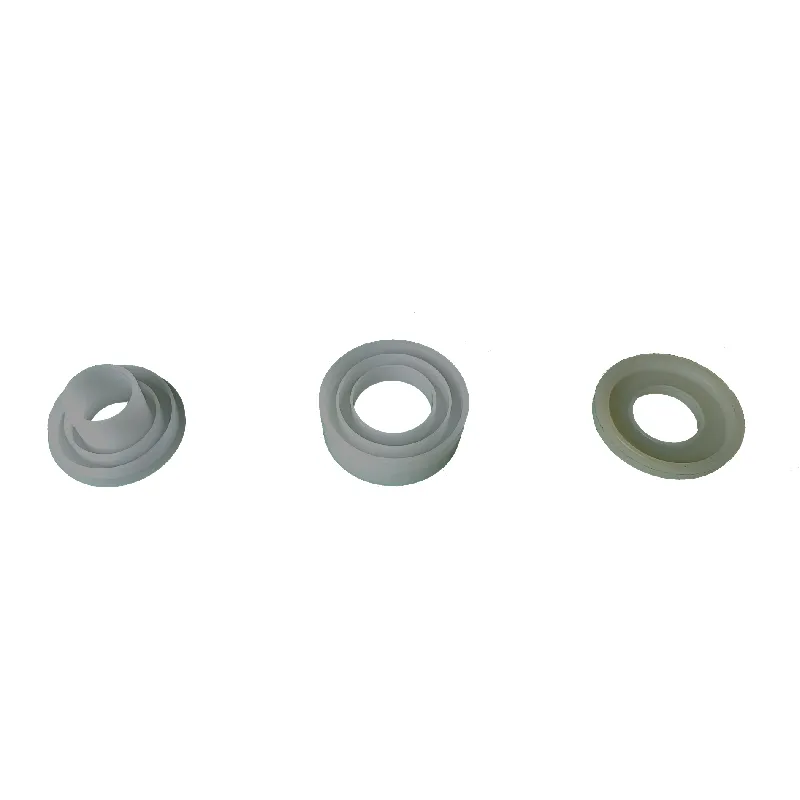 Afrikaans
Afrikaans  Albanian
Albanian  Amharic
Amharic  Arabic
Arabic  Armenian
Armenian  Azerbaijani
Azerbaijani  Basque
Basque  Belarusian
Belarusian  Bengali
Bengali  Bosnian
Bosnian  Bulgarian
Bulgarian  Catalan
Catalan  Cebuano
Cebuano  Corsican
Corsican  Croatian
Croatian  Czech
Czech  Danish
Danish  Dutch
Dutch  English
English  Esperanto
Esperanto  Estonian
Estonian  Finnish
Finnish  French
French  Frisian
Frisian  Galician
Galician  Georgian
Georgian  German
German  Greek
Greek  Gujarati
Gujarati  Haitian Creole
Haitian Creole  hausa
hausa  hawaiian
hawaiian  Hebrew
Hebrew  Hindi
Hindi  Miao
Miao  Hungarian
Hungarian  Icelandic
Icelandic  igbo
igbo  Indonesian
Indonesian  irish
irish  Italian
Italian  Japanese
Japanese  Javanese
Javanese  Kannada
Kannada  kazakh
kazakh  Khmer
Khmer  Rwandese
Rwandese  Korean
Korean  Kurdish
Kurdish  Kyrgyz
Kyrgyz  Lao
Lao  Latin
Latin  Latvian
Latvian  Lithuanian
Lithuanian  Luxembourgish
Luxembourgish  Macedonian
Macedonian  Malgashi
Malgashi  Malay
Malay  Malayalam
Malayalam  Maltese
Maltese  Maori
Maori  Marathi
Marathi  Mongolian
Mongolian  Myanmar
Myanmar  Nepali
Nepali  Norwegian
Norwegian  Norwegian
Norwegian  Occitan
Occitan  Pashto
Pashto  Persian
Persian  Polish
Polish  Portuguese
Portuguese  Punjabi
Punjabi  Romanian
Romanian  Russian
Russian  Samoan
Samoan  Scottish Gaelic
Scottish Gaelic  Serbian
Serbian  Sesotho
Sesotho  Shona
Shona  Sindhi
Sindhi  Sinhala
Sinhala  Slovak
Slovak  Slovenian
Slovenian  Somali
Somali  Spanish
Spanish  Sundanese
Sundanese  Swahili
Swahili  Swedish
Swedish  Tagalog
Tagalog  Tajik
Tajik  Tamil
Tamil  Tatar
Tatar  Telugu
Telugu  Thai
Thai  Turkish
Turkish  Turkmen
Turkmen  Ukrainian
Ukrainian  Urdu
Urdu  Uighur
Uighur  Uzbek
Uzbek  Vietnamese
Vietnamese  Welsh
Welsh  Bantu
Bantu  Yiddish
Yiddish  Yoruba
Yoruba  Zulu
Zulu Understanding Drum Lagging in Industrial Applications and Its Impact on Efficiency
Understanding Drum Lagging Importance and Applications
Drum lagging is a crucial aspect of drum handling systems, particularly in industries that rely on moving processes. Whether in manufacturing, pharmaceutical, food processing, or chemical plants, the term 'drum lagging' typically refers to the method of insulating or applying materials to the surface of a rotating drum. This process is essential for enhancing performance and ensuring efficiency in various operations.
At its core, drum lagging involves the application of a layer of material to the exterior of a drum or roller. The materials used can vary widely, ranging from rubber, ceramics, or composite materials designed to optimize friction and wear. This added layer serves multiple purposes, such as improving the grip between the drum and the material being processed and reducing energy consumption by minimizing slippage. Furthermore, proper lagging can enhance the lifespan of the machinery by lowering the risk of premature wear and tear due to abrasive materials.
One of the primary advantages of drum lagging is its ability to improve the efficiency of material handling systems
. In conveyor applications, for example, lagging increases the coefficient of friction between the drum and the conveyor belt, preventing slippage. This ensures that the material is transported smoothly and efficiently, reducing the risk of delays and increasing productivity. In scenarios where heavy or bulk materials are involved, such as in mining or construction, the significance of effective drum lagging becomes even more pronounced.drum lagging

Another important aspect to consider is the role of drum lagging in energy efficiency. By improving the grip and reducing slippage, well-lagged drums require less power to operate, leading to lower energy costs and a reduced carbon footprint. In an era where sustainability and energy conservation are more critical than ever, investing in quality drum lagging can result in significant long-term benefits for industries striving to reduce their environmental impact.
Moreover, the type of lagging material selected can greatly influence performance. Rubber lagging is commonly preferred due to its excellent grip and flexibility. It absorbs shock and reduces noise, making it ideal for operations that require quieter environments. On the other hand, ceramic or urethane lagging materials are selected for their durability and resistance to wear, especially in applications dealing with abrasive materials. Understanding the specific requirements of the operation helps in selecting the most suitable lagging material.
The installation and maintenance of drum lagging also play a pivotal role in its effectiveness. Proper installation ensures a secure application that will withstand the rigors of operation. Regular maintenance checks help identify wear patterns or damage that could necessitate repairs or replacement. This proactive approach not only enhances performance but also extends the life of the equipment, ultimately resulting in cost savings for the business.
In conclusion, drum lagging is an essential practice in various industries that enhances the efficiency, functionality, and lifespan of machinery. By improving friction, reducing energy consumption, and ensuring the effective transport of materials, drum lagging helps businesses operate more smoothly. As industries continue to prioritize efficiency and sustainability, the importance of understanding and implementing quality drum lagging practices cannot be overstated. Investing in the right materials and maintenance strategies will pave the way for improved productivity and reduced operational costs, aligning with the broader goals of business sustainability.
-
Wing Pulley Conveyor for Conveyor Belt MaintenanceNewsJun.16,2025
-
Self Cleaning Spiral Idler for Conveyor DesignNewsJun.16,2025
-
Pulley Lagging for Conveyor Belt AlignmentNewsJun.16,2025
-
Impact Idlers Used in Belt Conveyor for PerformanceNewsJun.16,2025
-
Ceramic Lagging Conveyor Pulley for Conveyor Belt SystemsNewsJun.16,2025
-
Belt Conveyor Idler for Heavy-Duty ApplicationsNewsJun.16,2025





























